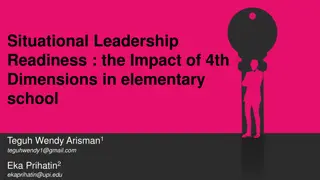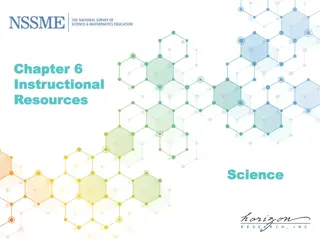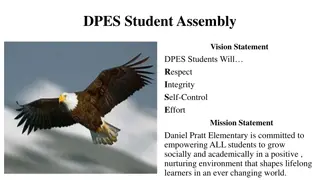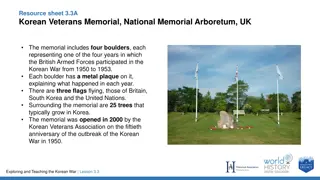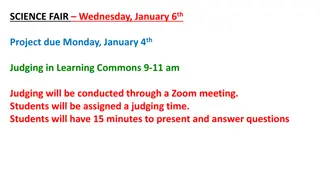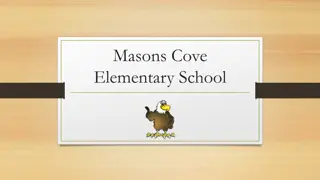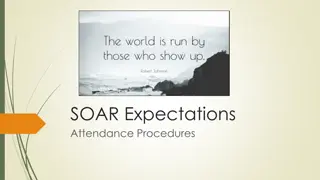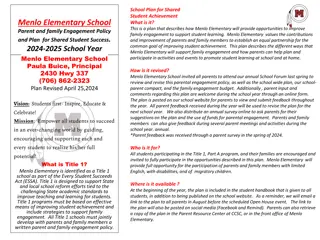Steps to a Successful Science Fair Project for Memorial Elementary School
Learn how to conduct a successful science fair project with modifications made for Memorial Elementary School. Follow these steps - choose a topic, ask questions, research, write a report, form a hypothesis, conduct experiments, record data, draw conclusions, create a presentation, practice, and present results effectively. Additional tips include asking questions, making hypotheses, designing experiments, and presenting results clearly.
Download Presentation

Please find below an Image/Link to download the presentation.
The content on the website is provided AS IS for your information and personal use only. It may not be sold, licensed, or shared on other websites without obtaining consent from the author.If you encounter any issues during the download, it is possible that the publisher has removed the file from their server.
You are allowed to download the files provided on this website for personal or commercial use, subject to the condition that they are used lawfully. All files are the property of their respective owners.
The content on the website is provided AS IS for your information and personal use only. It may not be sold, licensed, or shared on other websites without obtaining consent from the author.
E N D
Presentation Transcript
Steps to a Successful Science Fair Project Ms. Holodick Modifications made for Memorial Elementary School
Steps Choose a topic. (TITLE) Ask questions. (PURPOSE) Research your topic. (BACKGROUND) Write a Research Report. (PAPER) Form a hypothesis. (HYPOTHESIS) Test the hypothesis by performing an experiment. (MATERIALS/ PROCEDURE) Record results/data. (RESULTS) Write a conclusion. (CONCLUSION) Construct tri-fold or poster board. (PRESENTATION) 10. Practice the presentation. (ORAL REPORT) 1. 2. 3. 4. 5. 6. 7. 8. 9.
Ask a question A science experiment is when something is tested. Begin by asking a question of something you have always wondered. Example: Will plants grow better with salt water or bottled water? Then do research on how to test your question to get results. A science experiment is not building a model! Something must be tested!
Make a hypothesis Make an educated guess about what you think the results will be. Example: If salt water is given to a plant, the plant will grow faster than a plant given bottled water.
Design your experiment Your experiment should have a control group and an experimental group. Try to have at least a few samples for each group. The control group is what you expect to happen. Example: A few plants growing with bottled water The experimental group is what you are testing: Example: A few plants growing with salt water
Present your results Depending on your topic, your results could be in metric measurements or words; use a chart and/or graph if possible. Daily or 2-3 times weekly observations should be recorded. If applicable, calculate final averages of results for each group- experimental and control. Show your results as clearly as possible. A drawing may help clarify what you have done. In your conclusion tell if you accepted or rejected your hypothesis. Example of Conclusion: My hypothesis that the plant will grow faster with salt water is rejected.
Steps in writing Research Report (Suggested by Mr. Ashton & Mrs. Baranoski) A judging rubric with descriptions will be included in your packet. Project Title/ Your Name Introductory paragraph 3-5 paragraphs describing information from your research Closing paragraph Works Cited (Source)
Science Fair Presentation Materials: --- --- --- --- --- --- Results:------ ----------------- --------- Title Procedure:----- -------------------- -------- Hypothesis:--- ------------- ---------------- Conclusion: ---------------



